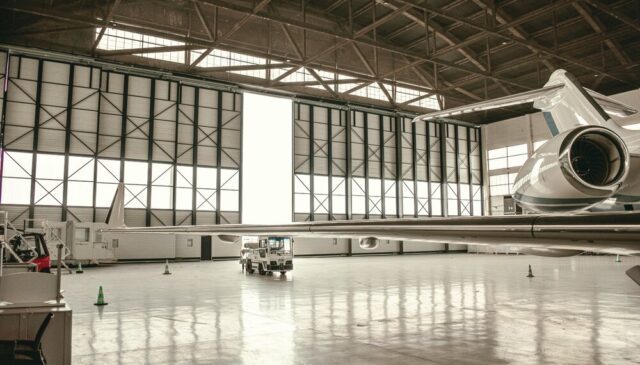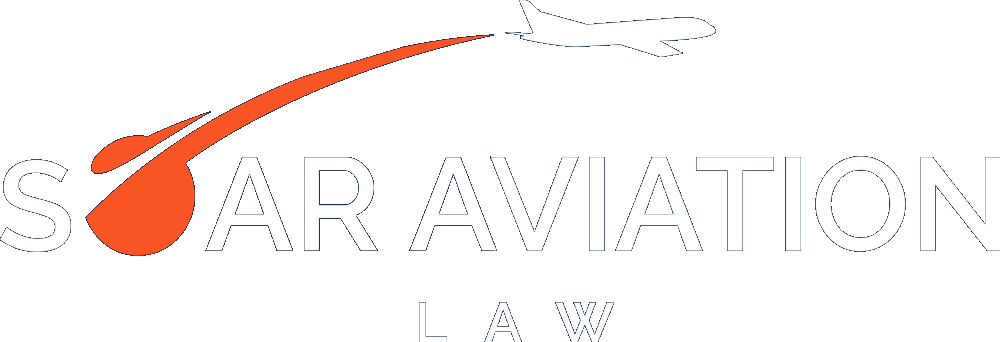
I have written many times about the importance of assembling the right team when acquiring an aircraft. This team typically includes the buyer, an aircraft broker, escrow agent, lender, aviation attorney, tax advisor, insurance broker, and a management company or flight department. One essential, but sometimes overlooked, member of this team is the technical representative. Too often, the technical representative is not brought in until the pre-purchase inspection. In reality, their role should begin much earlier – at the very start of the acquisition process. A technical expert can provide critical insights throughout the transaction, from market analysis to delivery.
Partnering with a technical representative at the outset allows for a more informed aircraft selection. Working alongside the broker, the technical expert can help evaluate aircraft options – not only based on mission and budget, but also through an early review of aircraft records. This initial technical review helps identify potential performance issues, maintenance concerns, or damage history – factors that should be understood before signing a purchase agreement. If the agreement is signed early, it should allow the buyer to terminate the transaction without penalty after this preliminary document and visual review, should the findings warrant it.
Once a specific pre-owned aircraft is selected, the technical representative plays a critical role in defining the scope of the pre-purchase inspection. Their deep knowledge of the aircraft type and familiarity with its maintenance history enable them to develop a focused, meaningful inspection plan. Key considerations include: (i) recent maintenance and inspection history, (ii) the facility where prior work was performed, (iii) known issues specific to the aircraft model, (iv) standard pre-buy checklist items, and (v) upcoming maintenance requirements. The agreed inspection scope should be attached to the purchase agreement as an exhibit to avoid disputes later.
The purchase agreement should outline the delivery conditions; requirements the aircraft must meet before the buyer is obligated to close. These conditions must be reviewed (and ideally negotiated) by the technical representative. Their prior document review and inspection planning will inform what conditions are reasonable and necessary. For instance, if upcoming inspections are due within 30 days of closing, the technical representative may advise including a delivery condition requiring the seller to complete them prior to closing.
Once the pre-purchase inspection begins, the technical representative should have a significant presence at the inspection facility, actively overseeing the process. Their role is to monitor and verify that inspection items are completed properly, communicate with the seller regarding real-time resolution of discrepancies and keep the buyer’s team updated on the status and major milestones. Other team members will be working on items such as hiring a management company, financing the aircraft, locating hangar space and hiring crew. The technical representative’s consistent presence helps ensure transparency and avoids costly surprises later in the process.
At the end of the inspection, the facility will issue a final report. Based on the findings, the buyer must decide whether to proceed and identify any discrepancies that the seller must resolve under the purchase agreement. This is where well-crafted delivery conditions, reviewed early by the technical representative, play a critical role in determining which discrepancies the seller is obligated to fix.
Another key area where technical guidance is invaluable is in determining which maintenance programs should be included or added to the aircraft at the time of purchase. Depending on the planned use by the new buyer and where the aircraft is in its life cycle, the programs that had been selected and active on the aircraft may not be the best options for the buyer. The technical representative can help determine which programs to keep, modify, or add, especially since program offerings and terms evolve over time.
Some people in the industry believe that technical representation is unnecessary when purchasing a new aircraft. I disagree. Even new aircraft acquisitions benefit from expert oversight; starting with model selection, continuing through the manufacturing process (with milestone inspections), being part of the aircraft acceptance process and helping with program and subscription options that are offered as part of the purchase process.
Your technical representative may be an employee of your flight department, a representative of your management company, or an aircraft consultant/broker company. But if your team lacks someone with specific experience in the aircraft model being acquired, you should bring in the right expert. In my experience, the cost of engaging a qualified technical representative is never something the buyer regrets.
